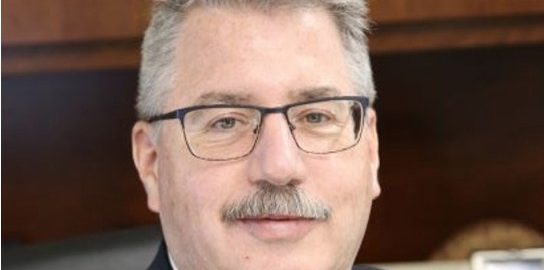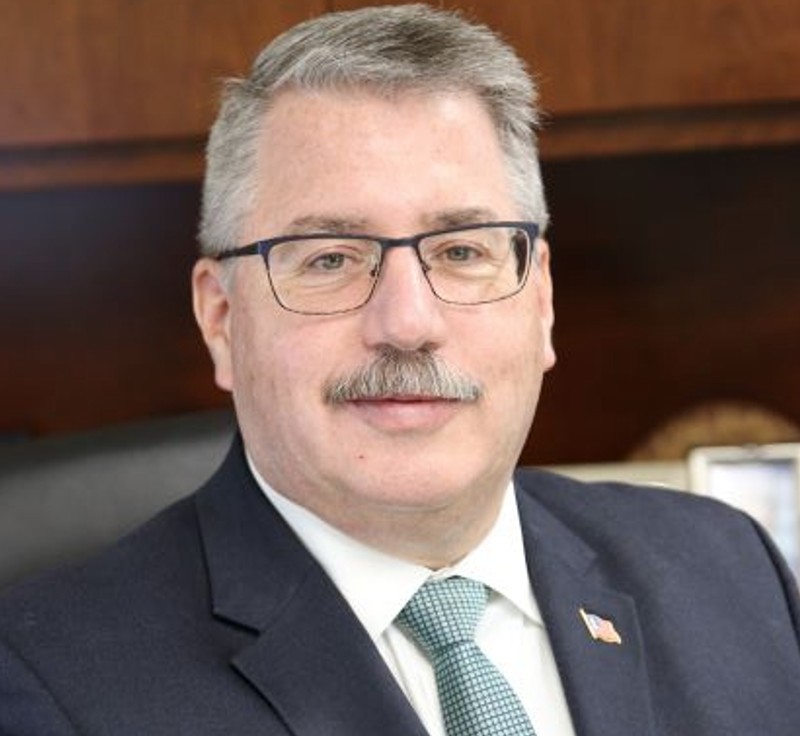
EMS in New York on the brink
Emergency Medical Services (EMS) in New York is in a constant state of crisis, largely because of underfunding. The men and women who provide essential emergency medical services across the state are at risk. If relief doesn’t come in the 2025-26 State Budget, hundreds of thousands of vulnerable New Yorkers who receive our care would be in jeopardy.
The New York State Volunteer Ambulance and Rescue Association (NYSVARA), the United NY Ambulance Network (UNYAN), the New York Association of Counties (NYSAC), the Firefighters Association of the State of New York (FASNY), the NYS Association of Fire Chiefs (NYSAFC), and the Association of Fire Districts of the State of New York (AFDSNY) are working together to sustain and, hopefully, improve EMS for at risk communities.
In 2023 alone, UNYAN member agencies responded to more than 1.1 million calls out of more than 3 million calls made. That’s more than 30 percent of all calls made.
Despite providing statewide services around the clock, every day of the week, our crucial role in public safety has never been recognized. Medicaid’s dirty little secret is it has never paid its fair share of the cost.
Here are the facts:
- EMS services are paid far less than it costs to treat and transport a Medicaid recipient. We run a deficit on every Medicaid transport we provide.
- The EMS workforce has shrunk by 17.5 percent since 2019. The number of active and certified EMS personnel in New York declined from 40,046 in 2019 to just 33,022 in 2022.
- 45 percent of EMTs responding to a recent NYS EMS Council (SEMSCO) career workforce survey reported having an hourly base wage of $19 or less, despite their lifesaving role. Additionally, 37 percent of those respondents indicated they plan to leave the EMS field in the next five years.
- Medicaid ambulance payment rates are significantly below the cost of delivering care.
Like everyone else in New York, affordability is an additional challenge our member agencies are facing. The cost of the equipment, goods and services purchased by ambulance services is rising faster than inflation, and government payment shortfalls are a significant impediment to fiscal stability.
There is a solution.
Governor Hochul has an opportunity to invest in EMS and the communities we serve. By increasing funding in Medicaid ambulance fee schedule payments, we can close the gap between Medicaid ambulance payment rates and the Medicare payment rate.
We need an increase of 30 percent to achieve parity with Medicare. We are not asking to create windfalls, only fairness. Even with the proposed 30 percent increase, reimbursements from Medicaid and Medicare fall well short of the cost to provide service.
EMTs and Paramedics receive extensive training, work in high-risk and high-stress situations, and have responsibility for the well-being of the people they serve. We simply cannot afford to pay adequate wages to retain and attract quality EMTs and Paramedics. How can we be expected to stay open and continue EMS services in urban and rural areas without trained team members?
It’s not an exaggeration to say the very services we provide every day are at risk, but working with our coalition, our member agencies and legislative champions we can reverse years of job losses and return stability to New York’s EMS providers and patients.
Tim Egan Chairman of United New York Ambulance Network (UNYAN) and Executive Director/CEO of Rockland Paramedic Services.

